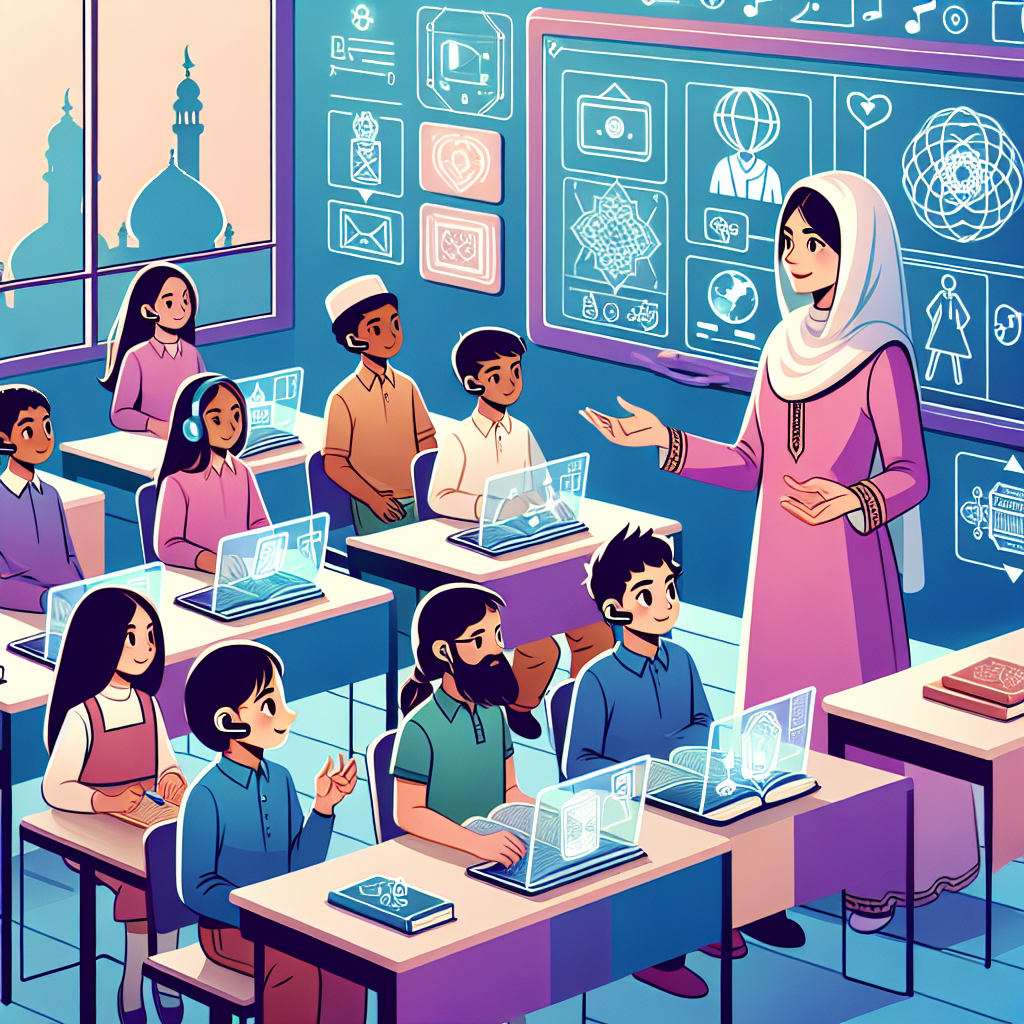Exploring the Possibilities of Augmented Reality in Education
Augmented reality (AR) is a technology that superimposes computer-generated images, sounds, or other data onto a user’s view of the real world. This emerging technology has the potential to revolutionize the way we learn and teach in the education sector. By blending the physical and digital worlds, AR can create immersive and interactive learning experiences that engage students in ways that traditional methods cannot.
One of the key benefits of AR in education is its ability to bring abstract concepts to life. For example, instead of reading about the solar system in a textbook, students can use AR to see a 3D model of the planets orbiting the sun right in front of them. This hands-on approach makes learning more dynamic and engaging, helping students better understand complex topics.
AR also has the potential to cater to different learning styles. Visual learners can benefit from interactive simulations and visual aids, while auditory learners can listen to audio explanations and instructions. This personalized approach to learning can help students grasp concepts more easily and retain information better.
Furthermore, AR can make learning more accessible to students with disabilities. For example, students with visual impairments can use AR to access visual information through audio descriptions or tactile feedback. This can level the playing field for all students and ensure that everyone has the opportunity to learn and succeed.
Another advantage of AR in education is its ability to provide real-time feedback and assessment. Teachers can use AR apps to track students’ progress, identify areas where they may be struggling, and provide targeted support. This data-driven approach can help teachers tailor their instruction to meet the individual needs of each student, leading to better learning outcomes.
In addition, AR can make learning more engaging and fun. By gamifying educational content, students can explore virtual worlds, solve puzzles, and complete challenges to reinforce their learning. This element of play can motivate students to stay engaged and focused, making learning a more enjoyable experience.
While AR is still in its early stages of adoption in education, the possibilities are endless. As technology continues to advance, we can expect to see even more innovative applications of AR in the classroom. From virtual field trips to historical reenactments, the potential for AR to enhance learning experiences is truly exciting.
In conclusion, augmented reality has the potential to transform education by creating immersive, interactive, and personalized learning experiences. By exploring the possibilities of AR in education, we can unlock new ways of teaching and learning that will benefit students of all ages and abilities. It’s time to embrace this cutting-edge technology and revolutionize the way we educate future generations.


